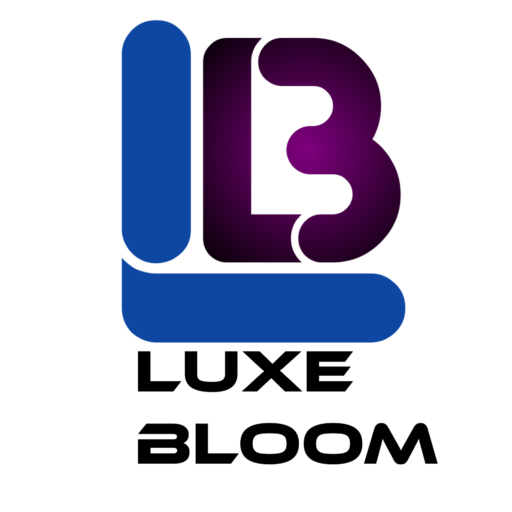Beat the Dealers: Advanced Counting Systems in Blackjack
Blackjack, often known as 21, is a popular card game that has fascinated players with its combination of skill and chance. For years, card counting systems have been used by skilled gamblers to gain an edge over the house. These advanced techniques involve tracking the cards that remain in the deck or shoe, allowing players to make more informed betting decisions. While the legality and efficacy of such systems are often debated, mastering these methods can indeed offer a significant advantage.
Understanding Basic Counting Techniques
Before delving into more advanced counting strategies, it’s essential 21casino-ie.com to understand the basics. The most well-known card counting system is the Hi-Lo method, which was popularized by Edward O. Thorp in his 1962 book, "Beat the Dealer." This simple yet effective technique assigns values to each card:
- Cards 2 through 6 are assigned a value of +1.
- Cards 7 and 8 are assigned a value of 0 (neutral).
- Cards 9 and 10 are assigned a value of -1.
The Ace is typically given a value of +1 or +10, depending on the strategy. As each card is dealt, the running count is updated by adding these values together. The true count can be calculated by dividing the running count by the number of decks remaining in play.
A positive true count indicates that there are more low cards (2-6) remaining, which means a better chance for the player to receive high-value cards and win. Conversely, a negative count suggests a higher proportion of 10-valued cards still present, reducing the chances for a winning hand.
Advanced Counting Systems
While basic card counting is effective, more advanced systems can significantly improve a player’s edge. These methods often incorporate additional factors to refine betting decisions and account for variations in deck composition.
The Hi-Opt I System
Developed by Michael Hall as an improvement over the Hi-Lo system, Hi-Opt I employs a more nuanced approach. It divides cards into six categories instead of three:
- Cards 2 through 6 are assigned a value of +1.
- Cards 7 and 8 are assigned a value of 0 (neutral).
- Cards 9 and 10 are assigned a value of -1.
- Aces are given a variable value based on the number of 10-valued cards in play. If there are more than two 10s left, aces count as +2; otherwise, they are worth +1.
This system requires a bit more mental calculation but provides a more accurate assessment of the deck composition.
The Hi-Opt II System
Taking further steps to refine card counting, Hi-Opt II was developed by Julian Braun. It builds on the principles of Hi-Opt I while simplifying calculations:
- Cards 2 through 6 are assigned a value of +1.
- Cards 7 and 8 are assigned a value of 0 (neutral).
- Aces have a fixed value of +1.
- The true count is divided by 3 to get the adjusted count.
This system reduces the complexity while maintaining accuracy, making it more accessible for serious players.
Advanced Counting Strategies
Beyond basic and advanced counting systems, several other strategies can be employed to enhance gameplay. These include:
Betting Adjustments Based on True Count
Players who use card counting techniques should adjust their bets according to the true count. For instance, a positive count indicates more favorable conditions for the player, allowing for larger wagers. Conversely, during periods of high 10-valued cards (negative counts), players might reduce or even stop betting until better conditions arise.
Card Removal Effects
Understanding how card removal affects gameplay is crucial. High-value cards are more likely to benefit the dealer, while low-value cards favor the player. By tracking which cards have been removed from play, players can make informed decisions about their bets and strategies.
Conclusion: Ethical Considerations and Legalities
While card counting systems can provide a legitimate means of increasing one’s chances of winning at blackjack, it is essential to consider ethical implications and legal restrictions. Casinos are well-equipped to detect and discourage players from using advanced counting techniques. Vigilant surveillance and the use of shuffling machines help ensure fair play.
Casinos often have policies in place that may restrict or ban the use of card counting systems, viewing them as an unfair advantage over the house. Players who engage in such practices risk being banned from the premises, losing their chips, and facing potential legal consequences if caught using electronic devices to aid their counting.
In conclusion, while advanced counting systems can offer a strategic edge in blackjack, ethical considerations and adherence to casino rules are paramount. Mastery of these techniques requires dedication and practice, but the rewards for skilled players can be substantial. Always ensure you understand local regulations and adhere to casino policies to enjoy the game responsibly and ethically.
